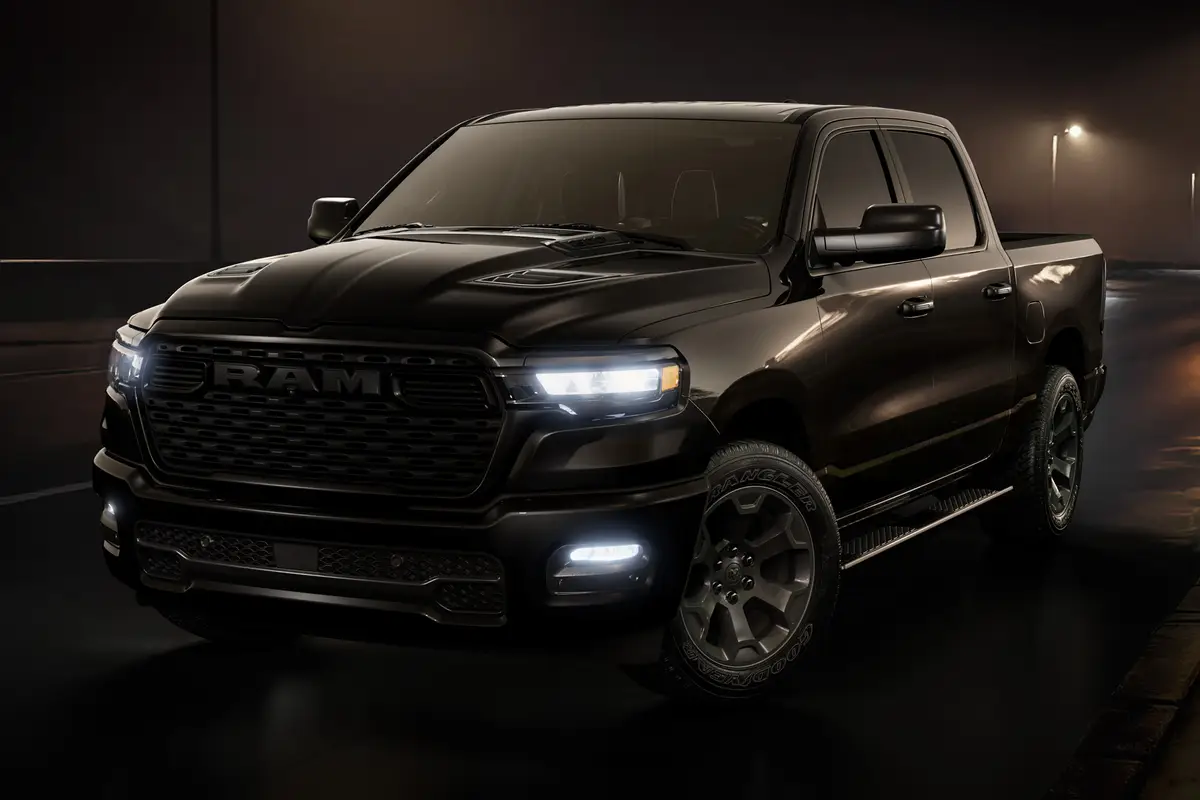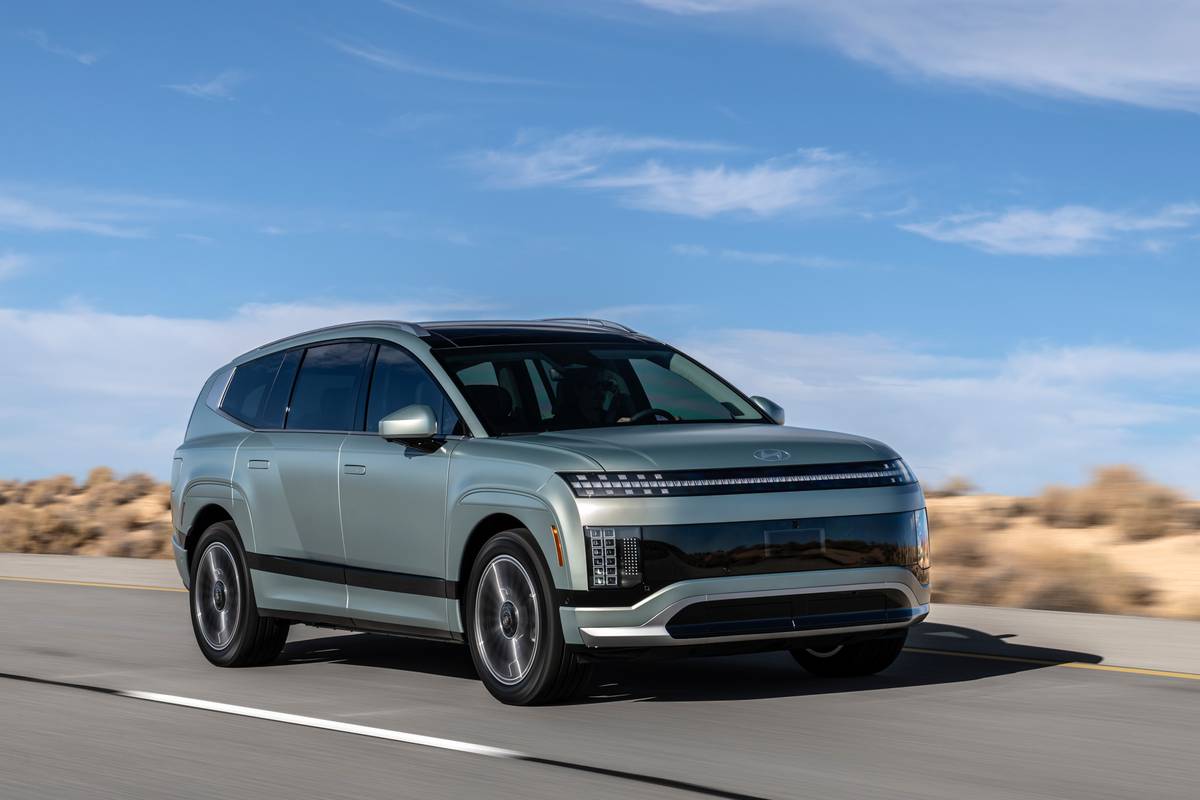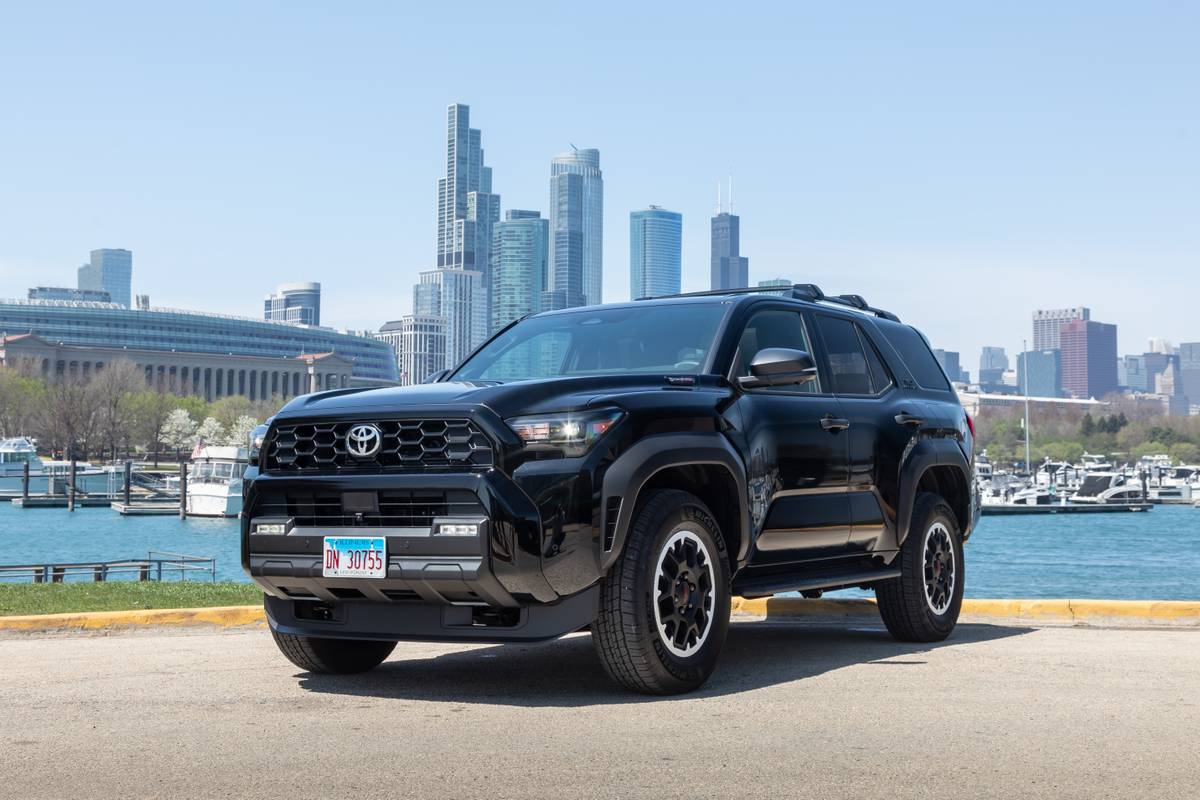Cincinnati.com's view
Take a close look at this cute little Beetle – it has pincers and it bites.
While the Volkswagen New Beetle has now been around long enough not to cause necks to snap any more, it still brings a smile. And now, even more so, to its drivers.
Along with some fairly subtle visual tweaks, the Turbo S series gets a serious bounce in horsepower and torque, enough to lift it from the fun-to-drive ranks up into the sporting machinery class.
There are now six variations on the Bug concept. The low end, curiously enough, is the pair of models with the biggest engine, a 2-liter cast iron lumpus with but two valves per cylinder. Still, with 115 hp, it would have seemed like hotrod heaven in the first-generation of the People’s Car.
The GL series starts at $15,900 (plus freight), which isn’t bad for a nice-handling, reasonably spunky funkmeister. The GLS series adds some doodads, and can be had with the same engine, a turbodiesel or a turbocharged gasoline powerplant.
The turbocharged engine, same as used in the full-boat GLX series, is aluminum head, cast iron block. It displaces just 1.8 liters, but does its breathing via three intake valves, two on the exhaust side. Twin overhead camshafts with fixed timing manage the intake and outflow. Output is 150 hp and 162 foot-pounds of torque. Despite having just a 9.3:1 compression ratio, because of the forced breathing, it really wants premium unleaded.
By bumping the compression ratio to 9.5:1 and allowing the exhaust-driven turbocharger to push a little harder, VW has squeezed this otherwise unremarkable powerplant for 180 hp and 173 foot-pounds in the new Turbo S formulation, and of course has given it a distinct need for the high-priced fuel.
For a subcompact, the New Beetle is no flyweight – in Turbo S guise, it checks in at 3,005 pounds. Nor is it a model of aerodynamics (though its antecedent may have been for its time). The drag coefficient is 0.38, which would be good for a sport-ute, and pretty awful for a car. Nonetheless, it manages to get 23 mpg city, 30 mpg highway on the EPA’s tests, which are rather kind to turbocharged engines. My tally of 24.4 in mixed city-highway driving might be closer to what the enthusiastic Turbo S driver would average.
I doubt there will be any complaints, though. The more-highly-tuned engine has the same classy manners as its 150-hp brother.
VW probably could have eked more horsepower out of it had they not (wisely) chosen to emphasize a broad, flat torque curve. The maximum twisting force is available through a remarkable 1,950-5,000 rpm range, which makes it just as delightful to drive as its weaker sib, only more so. In fact, to one accustomed to the more modest engine, this one could be dangerous to the health of the driver’s license. I found that it scooted so eagerly, with so little drama, that I was often doing about 20 mph more than seat-of-the-pants impression would have suggested. I can deal with that ki nd of problem. In burnout tests, I found the factory claim of 0-60 times in the 7.4-second range spot-on. Quite peppy for something that can – and does – get by on its looks.
The Turbo S package goes for $23,400, plus freight. That being nearly half-again as much as the base edition, you’d better really like to drive.
Still, the Turbo S does have some unique features beyond the more potent powerplant. Visual cues are subtle – twin exhaust outlets, a trunk-mounted badge, integrated fog lamps, different turn signals and a new rear bumper treatment – plus uniquely-styled alloy wheels, upsized to 17-inches from the standard 16. It comes loaded with all the GLX-level power and convenience options, too, and its very own six-speed manual transmission.
Yep, this is hard core driving stuff – no slushbucket devotees need apply.
To tell it baldly, this guy doesn’t need a six-speed, especially since it’s electronically limited to 130 mph in North America. With its commendably consistent torque, it could get by nicely on five. And – dare I say it – an automatic wouldn’t be all that ill-suited, either. But there’s a certain panache about six-speeds, I guess.
At least the shifting – after a while, “short-shifting” – was quick and easy, with gear positions easily located and good clutch actuation. The box didn’t mind being rushed, although with the rapid access of thrust, it didn’t seem either necessary or desirable to do a lot of churning.
Considering how much power is hitting the front, driving wheels, VW has done an excellent job of keeping torque steer under control. Even when dumping the clutch from a standing start, engine perking, I felt only a little tugging on the steering wheel as the tires struggled to maintain contact with the road. Traction control helped, of course, but was relatively unobtrusive. The Turbo S is the first Volkswagen to have the electronic stabilization program system (ESP). This is a methodology that debuted a few seasons back on some high-end cars. Basically it’s a yaw control system, designed to keep the car pointed more or less in the direction the driver intends, overruling “excessive” driver inputs. It does this by gathering data on how fast the wheels are turning and how fast and how much the driver is turning his wheel. If the computer overseer determines that giving the driver what he asks for would cause a skid, it can order reduced power to one or the other of the front wheels and/or invoke selective wheel braking.
My experience has been that it acted like a guardian angel on an all-wheel-drive car, was a bit forward on a rear-drive car and rather unsettling on this front-drive machine. Perhaps in time one would learn to cooperate with it, but those of us from the old school prefer to learn the car’s limits and apply them using the computer in our britches. This is especially true in the case of front-drive cars, which require the same two tires do handle both steering and propelling chores.
If VW really wants to take the New Beetle to the next level, they might want to equip it with the 4Motion all-wheel-drive system they use on Passat . . . maybe next year?
In crash tests conducted by the National Highway Traffic Safety Administration, the New Beetle got four stars (out of a possible five) for driver and co-pilot protection in 35-mph direct frontal barrier impacts. In side impacts, front-seat occupants were afforded a five-star level of protection, while those in the back got only three-star protection. The Beetle has front air bags and side bags for only the driver and co-pilot.
In its more rigorous, 40-mph frontal offset crashes, the Insurance Institute for Highway Safety named the New Beetle a “best pick” in its weight class. They judged it t o afford top-level “good” protection on each of their measures. It also had outstandingly low bumper-repair costs when driven into barriers – a total of $198, vs. the thousands of dollars typical of the class. One way to avoid trouble is through good brakes, and the VeeDub has ’em. Vented discs in front and solid discs in the rear are supported by a refined antilock system.
Among the goodies with which the Turbo S is endowed is an outstanding 8-speaker Monsoon audio system. It had excellent radio reception and distinguished overall tonality. It’s a little behind the curve in being cassette-only, though CD-ready, which means the wiring is in place for the dealer to drop a six-disc changer in the trunk.
In designing this fascinating new New Beetle permutation, VW did one thing that appalled me – they decided to illuminate the instruments with white lighting instead of the gorgeous indigo found on other Beetles. Should be the other way around, if anything.
Total price of the New Beetle Turbo S, with hauling charges factored in, is $23,950. Edmunds.com finds most people are paying sticker these days – neither garnering a discount nor getting the gouge.
“The Gannett News Service”
Latest news



